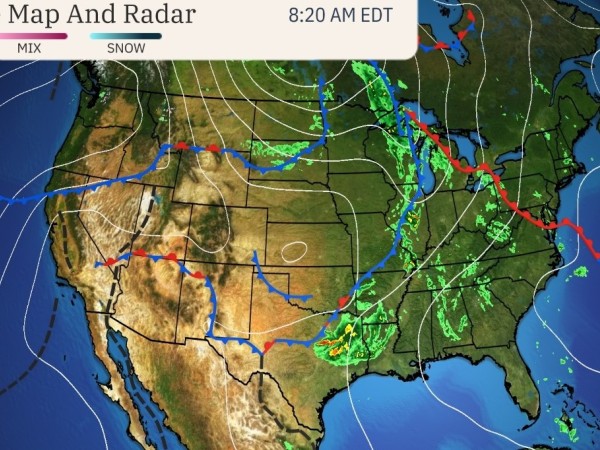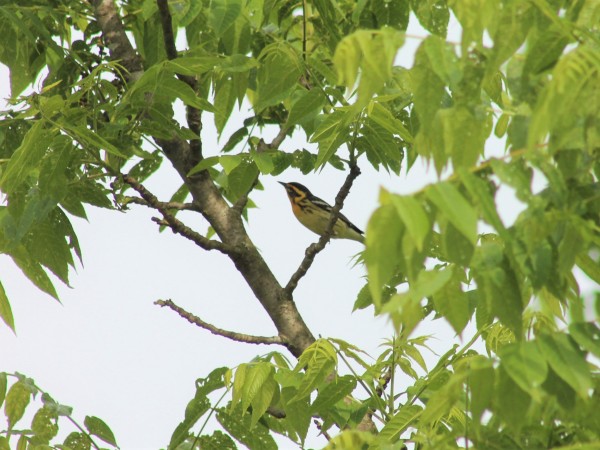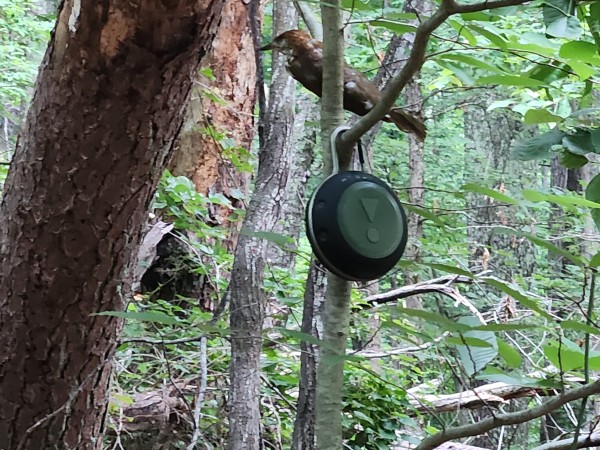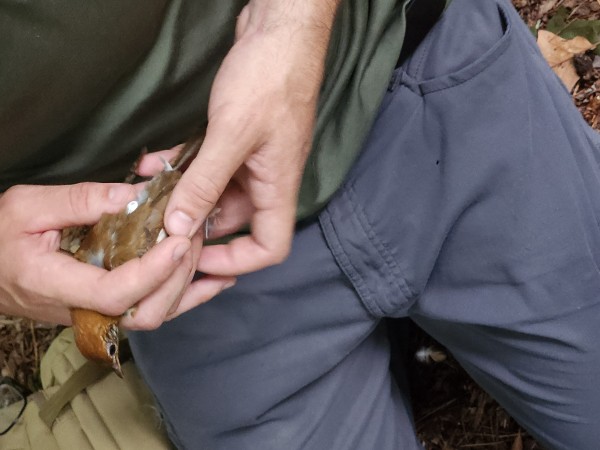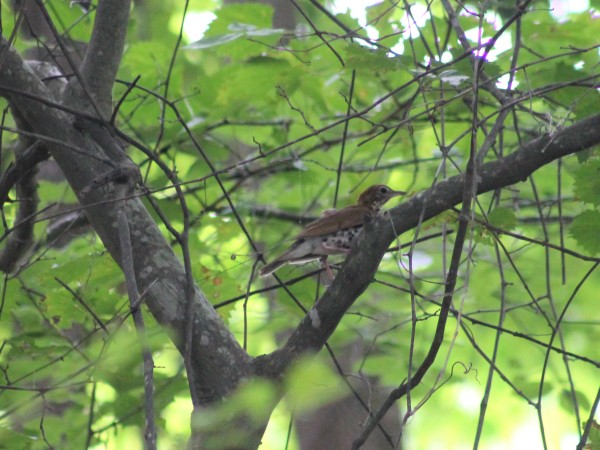Spring Letter #5: Weather Forecasts for Migrating Songbirds From Dr. David Aborn
Dear Journey North readers,
Another spring migration has come to a close. In the northern US, migration is starting to wane, but there is still a good bit of movement occurring. New York saw quite a few migrants coming through this week, although not as many as a couple of weeks ago; only 16 warbler species instead of 24. Birders there reported lots of Blackburnian Warblers (one of my favorites) and Blackpoll Warblers, as well as 5 different species of flycatchers. In Massachusetts, there was a large influx of Ovenbirds and Red-eyed Vireos, while in Maine, American Redstarts dominated the scene.
On the other side of the country, birders in the Dakotas saw a big arrival of Cliff Swallows (people were reporting numbers in the hundreds), as well as Yellow Warblers, Black-headed Grosbeaks, and Western Wood-Pewees. Lots of rain this week slowed migration down in the Pacific Northwest, so there wasn’t much activity, but up in Alaska the first Varied Thrushes, Orange-crowned Warblers, Wilson’s Warblers, and Northern Waterthrushes (which, despite their name, are warblers and not thrushes) arrived.
Even though a lot of my research takes place during migration, I study birds pretty much all year round. One project I have recently become involved with is a US Fish and Wildlife Service project looking at Wood Thrushes. Wood Thrush populations are declining in many places, and the USFWS has asked researchers throughout the thrush’s range to take part in a coordinated study to try and understand why they are declining and how we might help their recovery.
As part of the project, participants are catching thrushes and putting special radio tags on them, and the tags can be detected by the new Motus wildlife tracking system. Motus has really revolutionized the study of animal movements, and will hopefully give us some answers. To catch the thrushes, we set up a net, along with a thrush decoy and a speaker. We then play the thrush song and the bird gets caught while trying to defend its territory. The process of capturing, taking measurements, and attaching the tag takes just a few minutes, and as you can see, the birds are released unharmed. Over the next couple of years, the data that this bird, and all the others, will provide will help us figure out what’s happening with them.
I hope you have enjoyed my reports, and maybe even see if you can predict what will happen with migration in your areas the next time you watch your local weather. After all, fall migration is just a few months away! Enjoy your summer!
David Aborn
Submitted 06/05/2024

